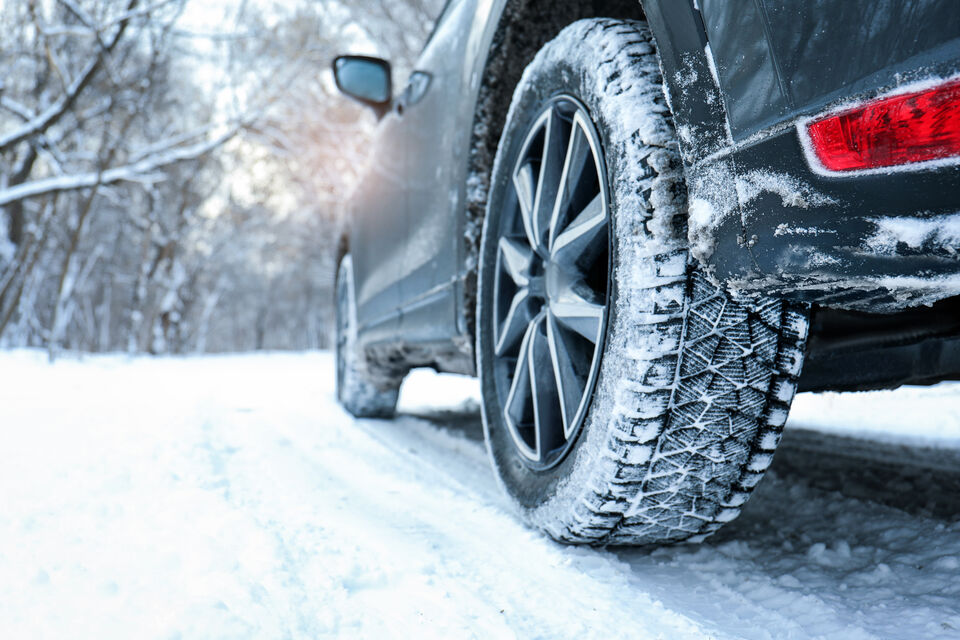Hard to believe but the leading cause of work related deaths in our industry is caused by vehicle accidents. Inclement weather can dramatically decrease visibility and increase the risk of accidents. Proper driving techniques and precautions can help prevent an accident in such conditions as rain, snow, ice, and fog.
Safety Tips for Driving in Adverse Conditions
- Check the vehicle’s wiper blades. Periodically check for deterioration and wear. Worn blades can smear water and dirt, which can significantly decrease visibility.
- Check lights. Make sure that vehicle lights are in proper working order and are always in use during poor weather conditions. If windshield wipers are in use, headlights should be too.
- Check tires. Regularly check that tires are inflated to manufacturers’ recommended levels and have sufficient tread depth. Assure they are appropriate for road conditions.
- Follow your vehicle’s preventative maintenance program. Make sure that your vehicle is in good condition and not at risk of breakdown.
- Plan accordingly. Keep an eye on local weather forecasts and try to avoid traveling through major storms.
- Keep emergency supplies in your vehicle. The emergency kit should include flares or emergency signals, first aid supplies, jumper cables, non-perishable food and water, and cold-weather gear (if traveling in winter weather).
- Defog your windows. Make sure that all windows are clear before starting your trip. Be aware that rain can quickly cause windows to fog up.
- Exercise extreme caution. Dirt on roadways can become extremely slippery when wet, especially right after a long dry period.
- Allow for additional time. Do not rush to your destination.
- Do not use cruise control. If you begin to hydroplane, cruise control causes a further loss of control.
- Avoid driving through pools of standing or running water. There may be hazards beneath the water’s surface; additionally, water can cause serious damage if it reaches the engine.
- Increase your following distance. Increase the space between your vehicle and the vehicle in front of you in slick or low-visibility conditions.
- Brake early. Brake earlier as a safety measure and to notify other drivers that you are slowing or stopping.
- Avoid stopping on the shoulder. If it is necessary, be sure to use your turn signals or emergency signals and keep sufficient clearance between your vehicle and traffic.
- Watch for pedestrians. The sound of rain can make it difficult for pedestrians to hear oncoming traffic.
Driving in Snow and Ice
- Keep your gas tank full. The extra weight will provide additional traction on slick and icy roads.
- Avoid abrupt stops. If your vehicle has an anti-lock braking system (ABS), apply firm pressure. If your vehicle does not have ABS, pump the brakes to gradually slow to a stop.
- Avoid stopping on hills or icy spots. When the vehicle starts again, it might not have a chance to gain solid traction.
- Maintain distance from trucks. Avoid driving behind or near large trucks, as they create visibility issues and have a harder time stopping.
- Do not attempt to make sharp turns. Plan ahead to make wider, slower turns. Avoid jerky movements and maintain a slow, comfortable speed through the turn.
Driving in Fog
- Avoid using your high beams. When driving in fog, do not use your high beams, as they can further decrease visibility.
- Do not overdrive your headlights. Maintain low enough speeds that your stopping distance is not greater than the range of your lights.
NOTE: Always promote a discussion on any of the topics covered in the Tool Box Talks. Should any question arise that you cannot answer, don’t hesitate to contact your Employer.
